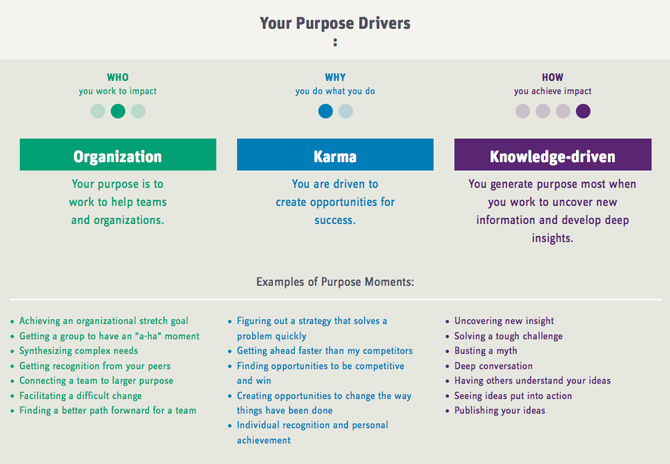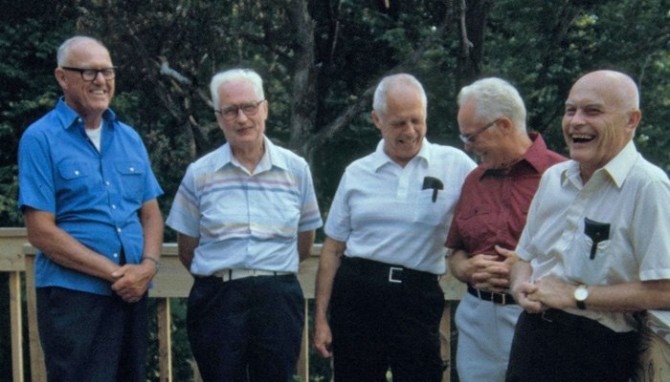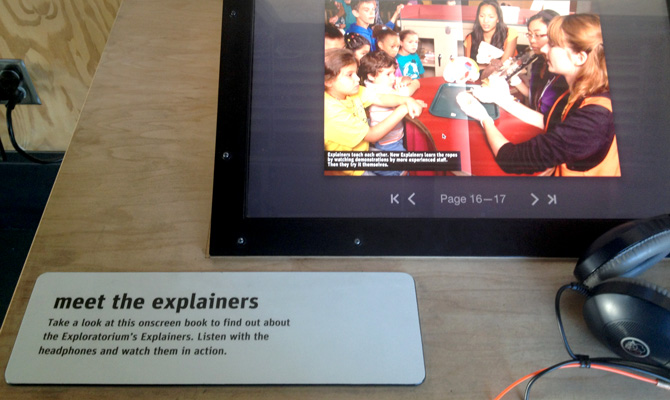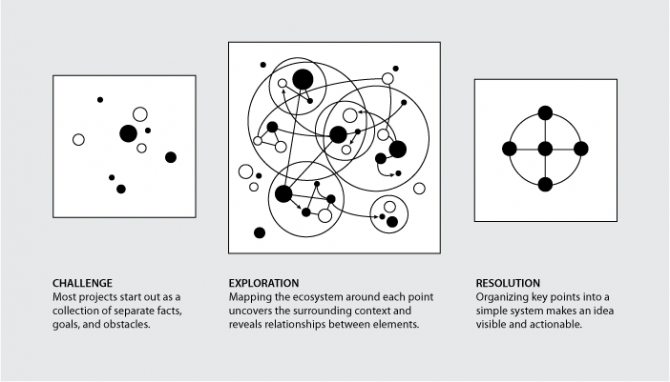Over the past year I’ve been fortunate to collaborate with the sustainability team at Autodesk to envision their support for the design-led revolution. Haven’t heard of it? You may not know the DLR moniker, but you’ve seen revolutionary design in action. From affordable prosthetics to solar robotics, high-impact solutions are emerging everywhere. And just in the nick of time!
The reinvention needed to make our planet livable for 9 billion is immense, and I love that Autodesk is committed to helping designers, architects, builders, engineers, and entrepreneurs reshape our world. We need more companies like this leading the way.
Their aim isn’t only to raise awareness about epic challenges and inspire people to do what’s right, although that’s certainly a big part of it. It’s also about helping designers and companies get ahead of the inevitable resource shortages, urbanization, and climate change coming our way. To stay relevant — and profitable — in the future, you must start thinking differently now.
So, how will you design a better future?
Credit where credit’s due: The awesome folks at Free Range are the storytellers behind the design-led revolution video, manifesto, and hero case studies.





 I first visited Tadich more than 25 years ago during my first family trip to San Francisco. Over the years we have returned there time after time for local classics like cioppino, hangtown fry, and petrale sole.
I first visited Tadich more than 25 years ago during my first family trip to San Francisco. Over the years we have returned there time after time for local classics like cioppino, hangtown fry, and petrale sole. I have always found the desert Southwest immensely calming. I assumed it was simply the comfortable feeling of being back in my childhood home — it never felt right when I lived in states without mountains — but on my last trip it occurred to me it could be the desert itself.
I have always found the desert Southwest immensely calming. I assumed it was simply the comfortable feeling of being back in my childhood home — it never felt right when I lived in states without mountains — but on my last trip it occurred to me it could be the desert itself. In my continuing journey to define my unique selling proposition, here is another personal infographic. This one describes the kind of thinking that makes me happiest: The challenge of taking a disconnected or even seemingly impossible set of conditions and making sense of it.
In my continuing journey to define my unique selling proposition, here is another personal infographic. This one describes the kind of thinking that makes me happiest: The challenge of taking a disconnected or even seemingly impossible set of conditions and making sense of it.
 A client’s main office has a thoroughly depressing interior despite the building’s landmark architecture. The drabness is made all the more noticeable in contrast to their recent brand refresh, which uses great colors and smart messaging.
A client’s main office has a thoroughly depressing interior despite the building’s landmark architecture. The drabness is made all the more noticeable in contrast to their recent brand refresh, which uses great colors and smart messaging.